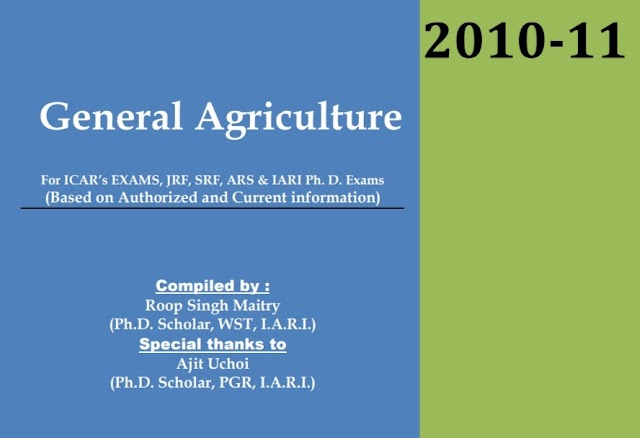Hi welcome to agrifunda. Today post on ‘Pests of Mustard and their Management’. The mustard, as you are aware is one of the important oilseed crops, grown extensively in northern part of India. And this crop is known to be attacked by around half a dozen pests; of which 3 pests are most important. So among the three, one is as a defoliator. It attacks the leaves and causes the damage, whereas other 2 are the sucking insects.
Mustard Pests and their Management:
1.Mustard sawfly:
Basically as a defoliator, the mustard sawfly is quite serious or economic pest. And as sap feeders, aphids and painted bug are quite serious. The sawfly, as it is commonly called as mustard sawfly, as Athalia lugens proxima is a pest which belongs to Hymenoptera group. And it looks like a fly, a medium sized fly, which is having a very prominent ovipositor. With the help of the ovipositor, it lays the eggs in the tissues of the plant. And the larvae that hatches out are similar to the Lepidoteran caterpillars.
Like the caterpillars, this larvae also possess the prolegs or the abdominal legs. However they lack the crochets. So initially the larva nibbles the leaves at the sides and then feeds on them. And however as the caterpillar or the larva actually moves into the later stages, then they start defoliating from the margin. And leads to a complete skeletonization or defoliation of the plant. So if you look at the larvae. So this looks like a caterpillar, as you can see it. And the kind of damage it causes is the skeletonization or the complete defoliation.
So the pest, if it attacks at the initial stage of the crop. Then there will be a loss of vigor in the plant. And as this leads to the stunted growth. And the initiation of the flowers and the pods are going to be seriously affected. But however, for managing this pest. So the application of neem based insecticide, which is Azadirachtin @ 2ml per liter would be sufficient.
2. Painted bug.
Then coming to the next pest; is the painted bug. Or it is Bagrada hilaris, which belongs to the family Pentatomidae. And as the name indicates, you can see that the bug is a brightly colored. It’s dark or the black colored bug, with the reddish or the whitish patches on its back. And that’s why the name as painted bug. And both the adults and the nymph, so they suck the sap from the tender shoots, flowers and as well as on the developing pods. And due to the extensive sap feeding, the plant will lose the vigor, and the flower if it is attacked, is going to drop off. And the pod development will also become very poor. So this ultimately leads to the poor yield and the poor quality of the crop.
Management:
So it is always advisable to go for the seed treatment with Imidacloprid, so which @ 5g per kg of seeds, which is going to protect the crop from the bug for up to a month. So once the crop is well established, then it can sustain the damage caused by this bug.
3. Aphid:
Then the next important sap feeder sucking insects are the aphid. So there are 3 species of aphids, which are known to attack the mustard. So that is Lipaphis erysimi, Brevicornia brassicae and the Myzus persicae. All the 3 species might occur together or they might occur independently. And these aphids, both the adult as well as the nymph. So they are going to congregate on the developing shoots, or under surface of the leaves, on flowers and as well as on pods. And continuously suck the sap from the plant. Because of the continuous sap feeding; so the plant will show a loss of vigor or the flower fall and the poor pod development.
For management of the aphid. Application of any of the neem based insecticides @ 2ml per liter is effectively going to control this pest on mustard.
Thank You.












0 Comments